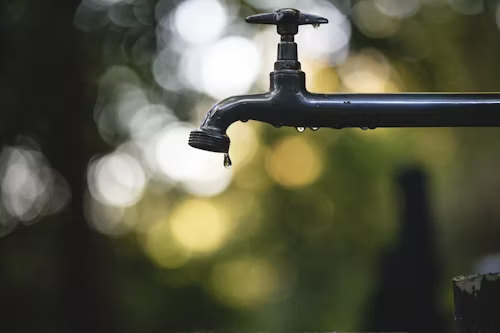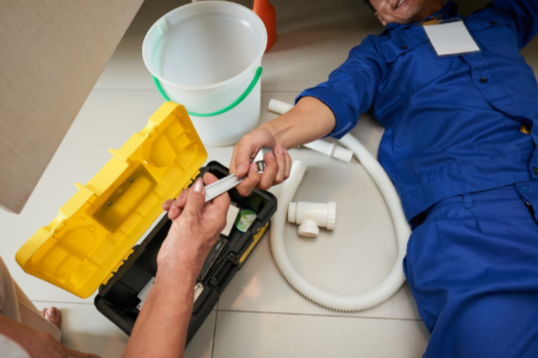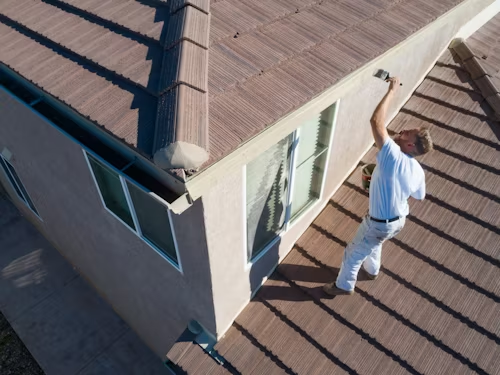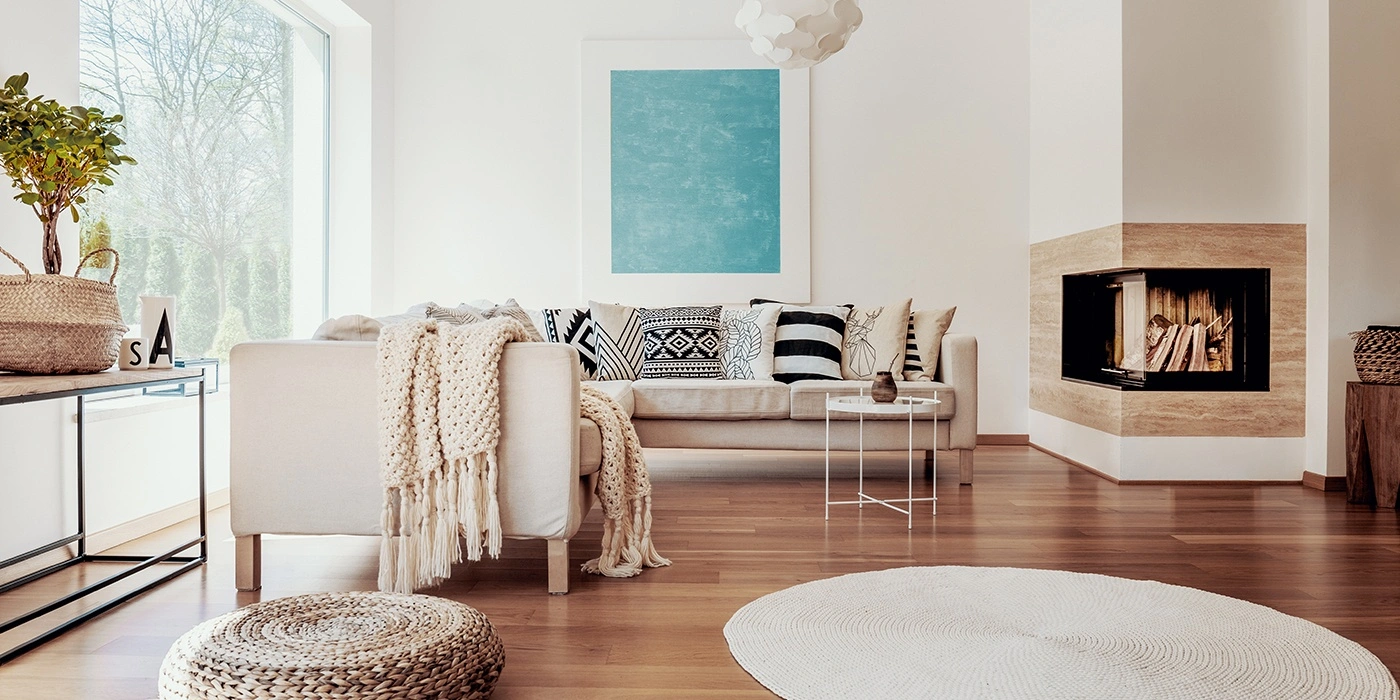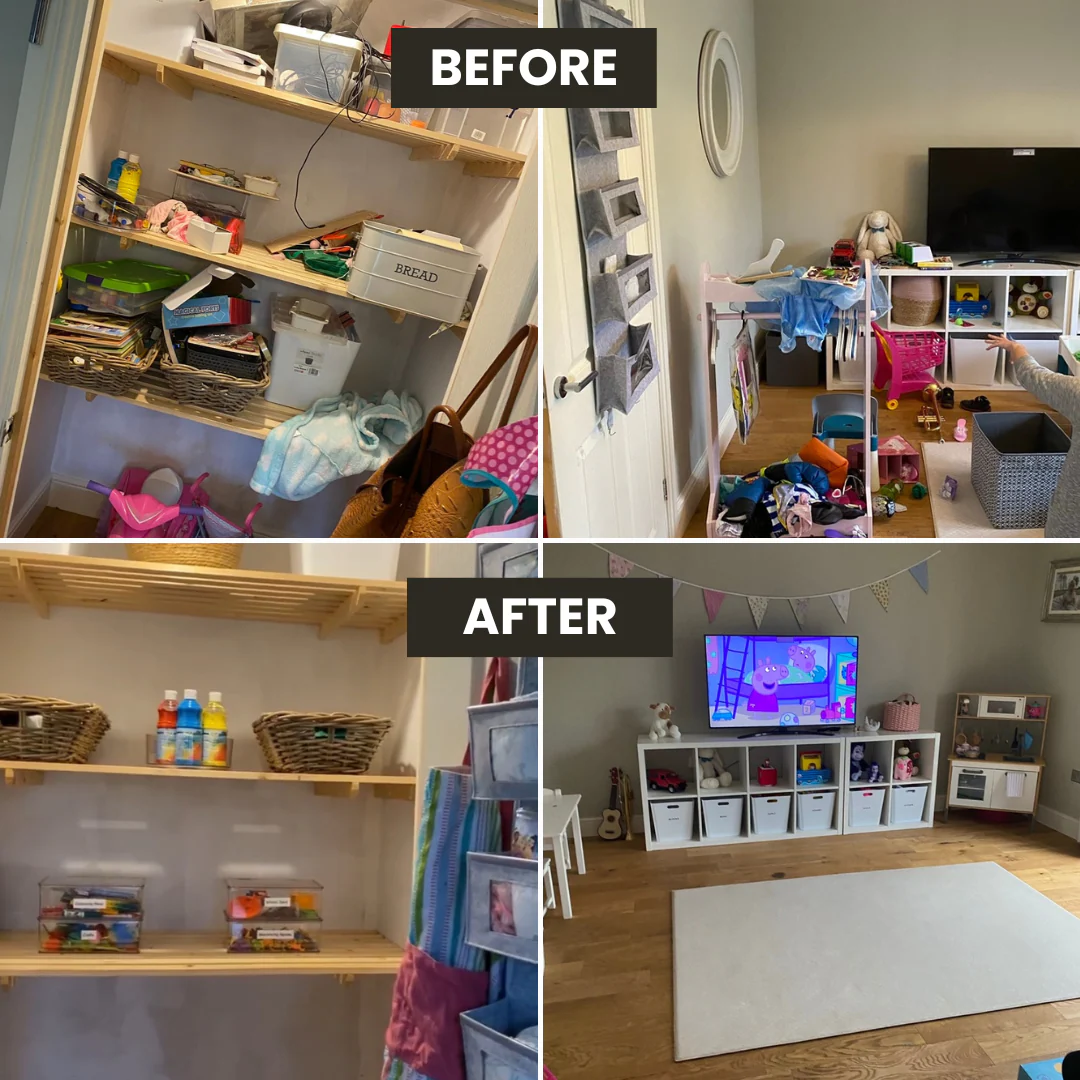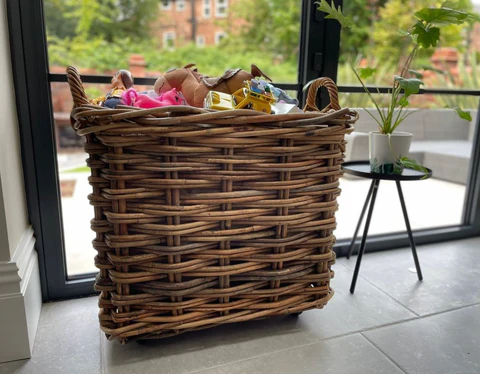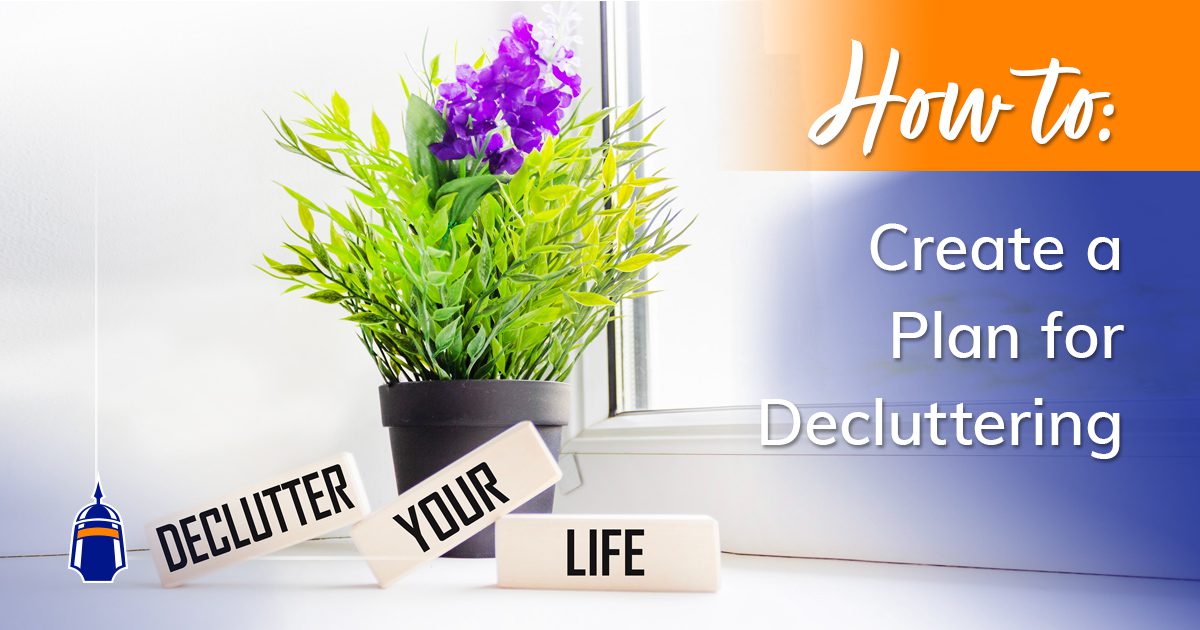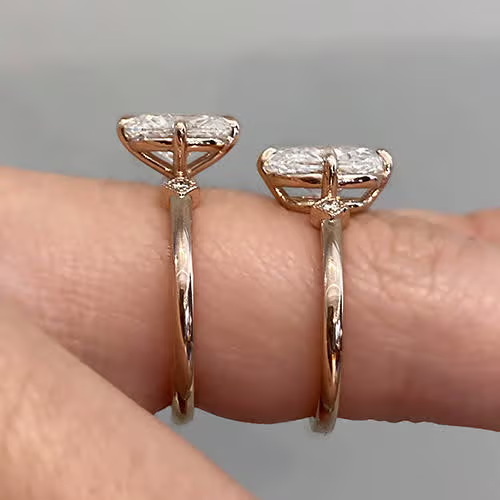Water problems in your basement are one of the most common and expensive things homeowners have to deal with. Maybe you’re seeing wet spots on your floor, smelling something musty, or finding water down there when it rains hard. Interior drainage systems and sump pumps are usually the first thing people try to fix. But how do these things actually work, and when should you think about getting one?
Let’s explain what homeowners need to know.
What Is an Interior Drainage System?
An interior drainage system is made to catch water after it gets into your basement, and then send it safely away from the bottom of your house. It usually means putting in pipes with holes in them (people call them weeping tile or drain tile) around the edges of your basement floor, under the concrete.
Water that comes through your basement walls or up from the floor gets caught by these pipes and sent to a sump pit – that’s a small hole at the lowest spot in your basement.
Then the sump pump does its job.
What Is a Sump Pump?
A sump pump is an electric pump that goes in the sump pit. What it does is pretty simple: when the water in the pit gets high enough, the pump turns on by itself and pumps the water out and away from your house. Usually it goes to a storm drain, a dry well, or somewhere else safe.
There are two main kinds of sump pumps:
Submersible pumps, which sit down inside the pit and are sealed up so they don’t have electrical problems.
Pedestal pumps, which sit above the pit and are easier to get to when you need to fix them.
Backup Systems
The power goes out a lot during storms – which is exactly when you need your sump pump the most. That’s why lots of homeowners get battery backup or water-powered backup systems to make sure the pump keeps working when the power’s out.
Why Interior Drainage Systems Matter
While outside waterproofing stops water before it gets in, inside systems take care of water once it’s already gotten through the bottom of your house. This is often the better choice for homes where:
Digging up the yard costs too much money or causes too many problems.
The water getting in isn’t too bad.
Water comes up from underground at certain times of the year.
Interior drainage systems also help with hydrostatic pressure – that’s when water builds up in the dirt around your house and pushes water through cracks in your basement floor.
Expert Insight
We asked someone from AquaBoss Waterproofing what works best in homes that always have water problems:
“One mistake we see all the time is homeowners just trying to fill cracks in their basement or paint waterproof stuff on the walls. Those things might help for a little while, but they don’t fix the real problem. A drainage system put in the right way with a sump pump that works gives you protection that lasts, especially if you live where there’s clay dirt or your yard doesn’t drain water away from your house.”
The people at AquaBoss Waterproofing say that putting it in right is really important. If the drainage pipes aren’t sloped right, the sump pit is the wrong size, or you get a cheap pump, the whole thing can stop working.
Signs You May Need a Sump Pump System
If you’re not sure if your house needs an interior drainage system or sump pump, watch out for these warning signs:
Wet spots or puddles on your basement floor that keep coming back
Mold or mildew growing, especially on the bottom parts of walls
A musty smell that won’t go away
White powdery stuff on your walls or floors
Cracks in your foundation, especially ones that leak when it storms
Installation and Costs
Putting in an interior drainage system with a sump pump usually costs less than outside waterproofing, but the price can still change depending on how big your basement is and how much work needs to be done.
Interior drainage system: $50–$100 for every foot they have to work on
Sump pump installation: $1,500–$3,000 (including the work, pit, and pump)
Battery backup systems: $500–$1,200
You can try to do it yourself, but waterproofing professionals really think you should hire someone with a license. If you mess up putting it in, it can cause big damage or make the system not work at all.
Maintenance Tips
To keep your system working good:
Test your sump pump every few months by pouring water in the pit and making sure it turns on.
Clean out the pit and check for stuff that could clog up the pump.
Replace old pumps every 7–10 years or when the company that made it says to.
Think about getting a pump with an alarm that tells you about problems before they get really bad.
Final Thoughts
Interior drainage systems and sump pumps are reliable and don’t cost too much for keeping basements dry. They might not stop water from getting into your house like outside systems do, but they do a good job of managing it and getting it out before it can cause damage.
For homeowners who deal with water getting in all the time or are worried about water problems in the future, spending money on a professional system can give you peace of mind for a long time. And like the experts at AquaBoss Waterproofing tell us, “The important thing isn’t just getting rid of water – but making sure it never gets a chance to become a problem.”
Need help? Contact AquaBoss Waterproofing
https://aquabosswaterproofing.ca
80 Marine Parade Dr, Etobicoke, ON M8V 0A3, Canada
+1 647-773-5755

